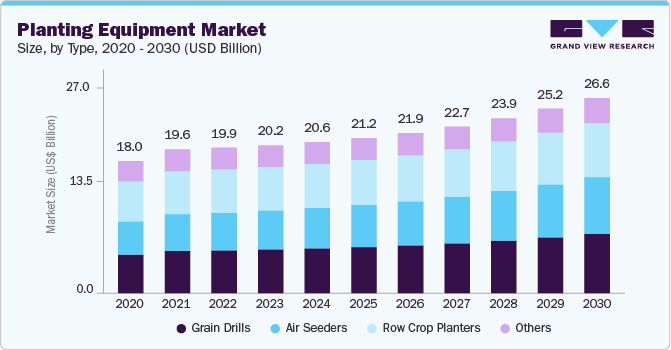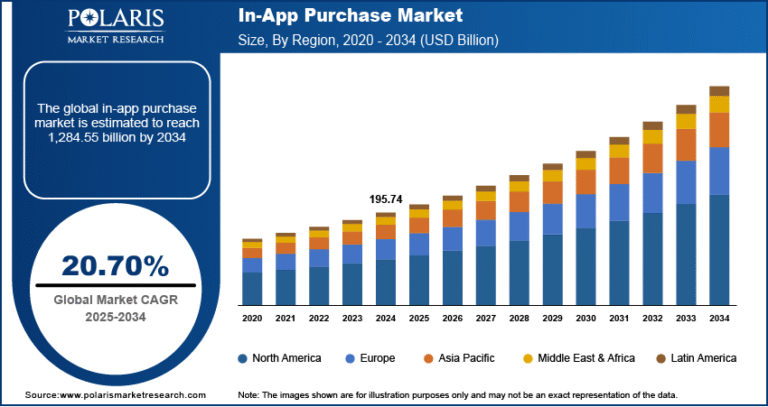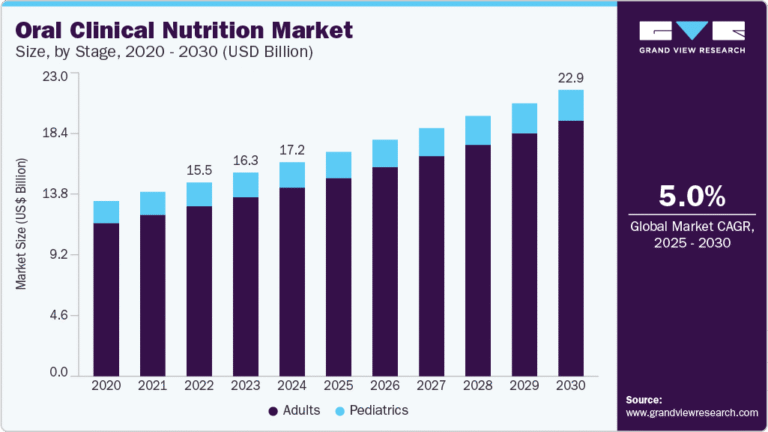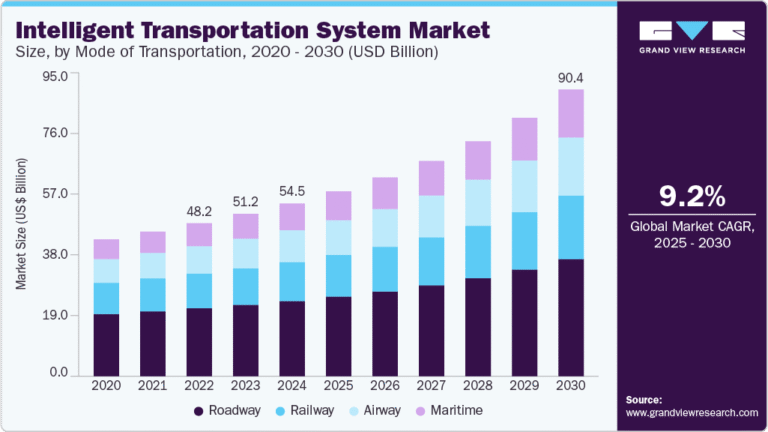Manufacturing Operations Management Software Market Size, Share & Trends Analysis growing at a CAGR of 19.1% from 2025 to 2033

The global manufacturing operations management software market size was estimated at USD 17.46 billion in 2024 and is projected to reach USD 76.71 billion by 2033, growing at a CAGR of 19.1% from 2025 to 2033. The widespread adoption of Industry 4.0 principles has been a crucial driver for the MOM software market.
Key Market Trends & Insights
- North America manufacturing operations management software market dominated with the largest global revenue share of 32.3% in 2024.
- The U.S. manufacturing operations management software market led North America and held the largest revenue share in 2024.
- By component, software led the market and held the largest revenue share of 71.5% in 2024.
- By deployment, the cloud segment held the dominant position in the market and accounted for the largest revenue share in 2024.
- By end use, the automotive segment is expected to grow at the fastest CAGR of 20.8% from 2025 to 2033.
Market Size & Forecast
- 2024 Market Size: USD 17.46 Billion
- 2033 Projected Market Size: USD 76.71 Billion
- CAGR (2025-2033): 19.1%
- North America: Largest market in 2024
- Asia Pacific: Fastest growing market
Request a free sample copy or view report summary: https://www.grandviewresearch.com/industry-analysis/manufacturing-operations-management-software-market-report/request/rs1
Manufacturers are increasingly investing in smart factory solutions that integrate real-time data, IoT sensors, AI, and machine learning with manufacturing processes. MOM software plays a vital role in connecting these technologies to streamline production planning, enhance operational visibility, and enable predictive maintenance. As factories aim for greater agility and data-driven decision-making, the demand for integrated MOM platforms continues to increase.
The increased adoption of digital twins and simulation technologies drives the growth and evolution of the manufacturing operations management industry. As manufacturers strive to enhance operational efficiency, product quality, and agility, the integration of digital twin capabilities into MOM platforms is becoming a transformative force. A digital twin, essentially a virtual replica of a physical process, product, or system, enables real-time monitoring, scenario testing, and predictive analysis, all of which are crucial for making informed decisions in fast-paced manufacturing environments.
The ability to digitally simulate operations and model outcomes before executing them on the shop floor enables companies to reduce errors, optimize resource allocation, and avoid costly downtime, thereby amplifying the value of MOM software solutions. A study conducted by Hexagon in 2024 indicates that the digital twin market grew by 71% from 2020 to 2024. Additionally, 29% of manufacturing companies worldwide have either fully implemented or are in the process of implementing a digital twin strategy for some of their operational assets, while another 63% are actively developing or have already established their digital twin strategy.






